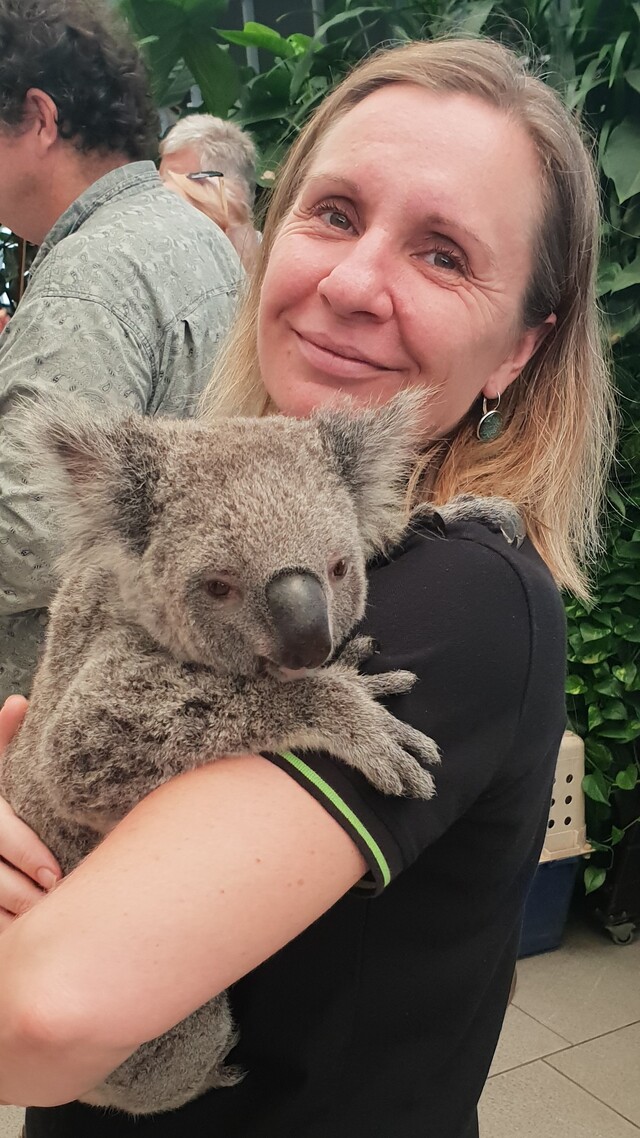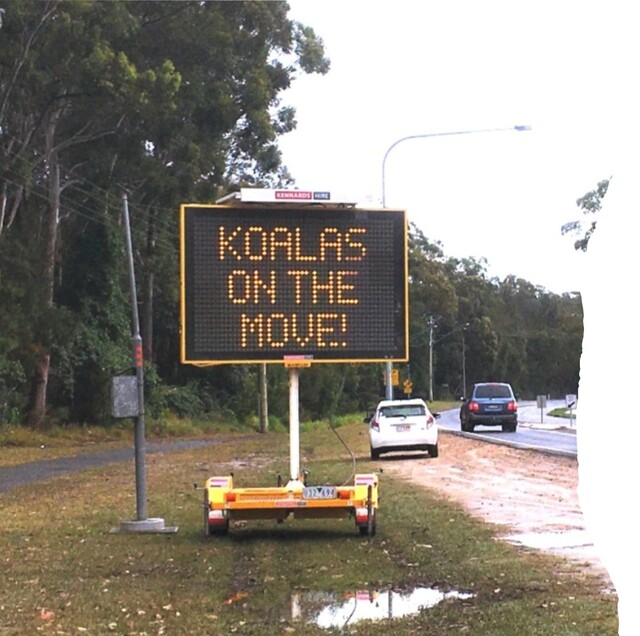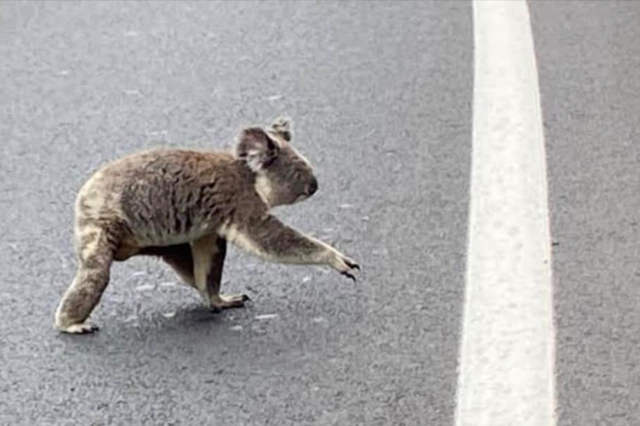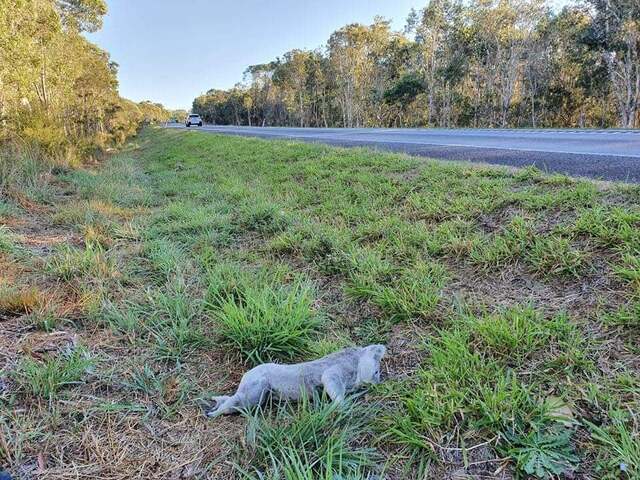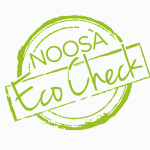A call for greater awareness by Noosa motorists to help reduce koala road strikes has been made by Wildcare Australia’s Koala Rescue Team.
“We estimate there is a 40 per cent increase in koala deaths and injuries across the shire in the last 10 months so far compared to the previous year,” Rachel Lyons said, who co-coordinates the rescue team.
“We’re getting car hits at any time of day, usually in areas adjacent to bushland. We have had four fatal strikes in the shire in the last fortnight and many near-misses.
“It is peak breeding season right now and koalas are on the move looking for potential mates.”
Recent tests warning motorists that koalas are crossing main arterials have shown positive results. The tests have included using alternate flashing messages on mobile electronic boards as part of the ‘Koala’s on the Move’ awareness program.
Noosa Council has now received a State Government grant, via Healthy Land and Water, of $55,000 to buy two VMS (Variable Message Road Sign) trailer boards for placement at hot spots throughout the shire during key movement times.
With up to potentially 6000 koalas across the Noosa regions 29,835 hectares of eucalypt forest, the Noosa region is an important repository of koalas in Southeast Queensland.
Longtime wildlife rescuer and researcher Rachel said, “A koala popping up anywhere in the shire would not surprise me. They are presenting at locations all over the region despite being very difficult to spot in the wild using standard visual techniques.”
“Recent advances in thermal drone technology has paved the way for us to get a better handle on the size of the population in Noosa. A thermal drone survey undertaken by the University of the Sunshine Coast in April this year in the Tewantin area, identified 22 koalas in just 100 hectares.”
This is a greatly different story from 10 years ago when the State Government did a visual survey of the shire using transects across 1535 hectares and was able to sight just seven koalas.
Two years later Noosa Parks Association’s Michael Gloster, took what the then mayor, Tony Wellington, now describes as “the most significant environmental project in Noosa for 20 years” to the council”.
“Called the Yurol-Ringtail Project, it involved 2400 hectares of forest and plantation land in the Noosa hinterland and transitioning it to the protected area status of National Park. The costs of buying out the plantation rights were shared equally by council, Noosa Parks Association and the state government.”
He told Noosa Today: “Council saw the great potential in the concept as it enhanced a key corridor, connecting Cooloola with Noosa National Park, meanwhile securing habitat which would support the local koala population.”
“Recent drone surveys as part of the project monitoring within Yurol-Ringtail have revealed an average of around 0.22 koalas per hectare which is much more than anyone anticipated.”
NOTE: Call Wildwatch Noosa on its 24-hour emergency hotline on 07 5527 2444 for help for sick, injured and orphaned wildlife.
A new koala sighting reporting tool for researchers and residents is now available for the Noosa area called ‘Wildwatch Noosa’. It helps build collective knowledge of koala populations across the region and can be accessed through both Noosa Council and Noosa Landcare’s websites.

